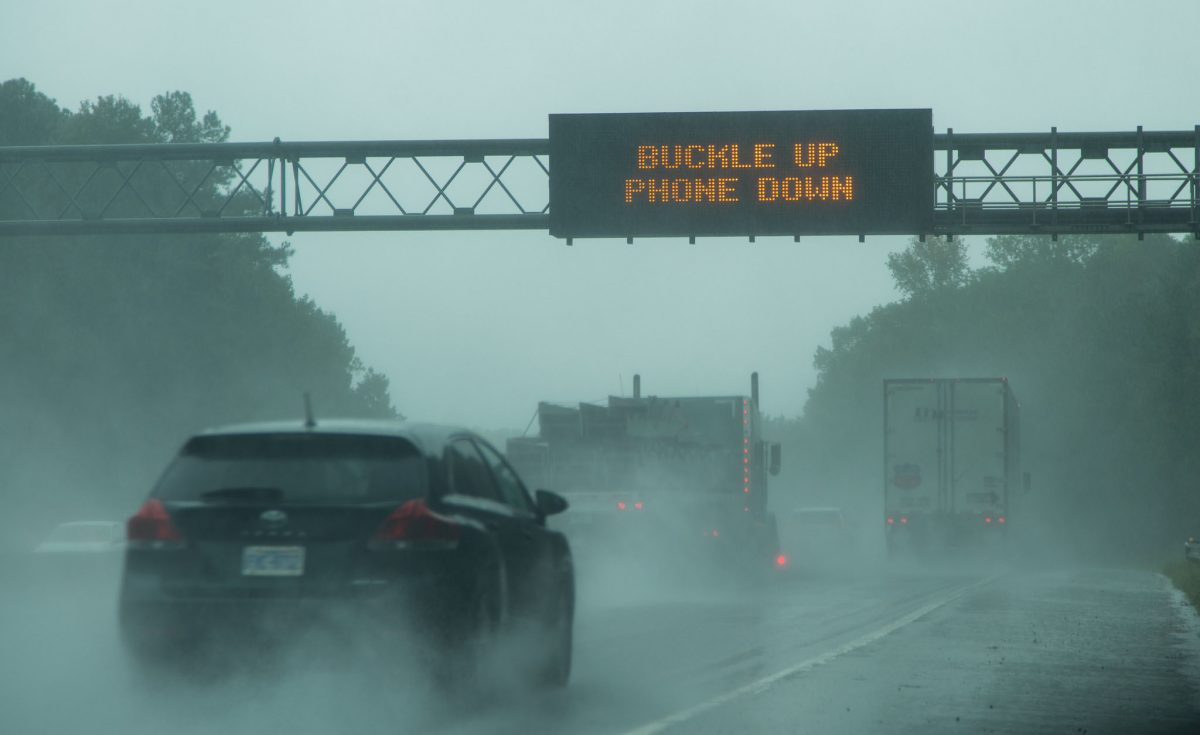Sure, it’s the most wonderful time of the year. But along with holiday festivities comes the traffic. Lots of traffic. And while roads will be bumper to bumper in the coming weeks, the Virginia Department of Transportation has a few tips for minimizing your travel stress.
According to VDOT, the periods of heaviest traffic will be the Friday and Saturday before Christmas (December 22 and 23) and the weekdays immediately following the holiday (December 26 to 28). Some areas where traffic is expected to be the worst include I-95 northbound and southbound near Fredericksburg and I-395 northbound near Arlington.
VDOT will suspend a majority of work zones and lane closures during the peak holiday travel window, but some semi-permanent zones will remain closed. Construction, lane, and shoulder closures will continue in Hampton Roads, which may cause significant congestion on nearby portions of I-64.
VDOT also reminds drivers to stay safe this season and keep an eye on weather conditions. “One of the things that we always stress—and it’s really easy for people to forget … in all the business of the holiday season—is to make sure that you stay weather aware,” says Lou Hatter, VDOT communications manager for the Culpeper District. “Particularly as we get into the colder parts of the year, people who are traveling should always be aware of the weather conditions, not just where they are, but also where they’re going … and the route along the way.”
Hatter also recommends that travelers dress for the weather when driving, and have resources on hand in case of an emergency. “It’s always a good idea to have some kind of a winter coat, some sort of decent footwear, again just in case you get stuck,” he says. “You don’t want to be stuck out on the road somewhere in traffic backup wearing short pants and flip flops in December. It’s always a good idea to pack those extra clothes, [and] something that can help you stay warm if for some reason you get stuck.”
Safe driving is important year-round, but especially when roads are crowded. In addition to standard best practices of using turn signals, wearing seat belts, and not driving when distracted or under the influence, VDOT recommends leaving extra space between you and the car in front of you.
“With increased traffic, it’s even more important to make sure that you maintain a safe distance between yourself and other vehicles,” says Hatter. “Be aware and thoughtful about the fact that there’s going to be more traffic out there on the roads.”
According to data from the Department of Motor Vehicles, areas of high traffic were the most frequent crash sites across the Charlottesville area in 2023. Areas with some of the highest crash volumes this year include the Barracks Road Shopping Center, Route 29 near Stonefield, the 250 Bypass at Pantops, and Interstate 64.
To learn more about anticipated traffic conditions across Virginia this holiday season and other VDOT safety recommendations, visit vdot.virginia.gov. Real-time conditions can be found through the Virginia 511 app or information line.




![Parking Map Saturday, October 22, 2016[9]](http://www.c-ville.com/wp-content/uploads/2016/10/Parking-Map-Saturday-October-22-20169-300x214.jpg)






